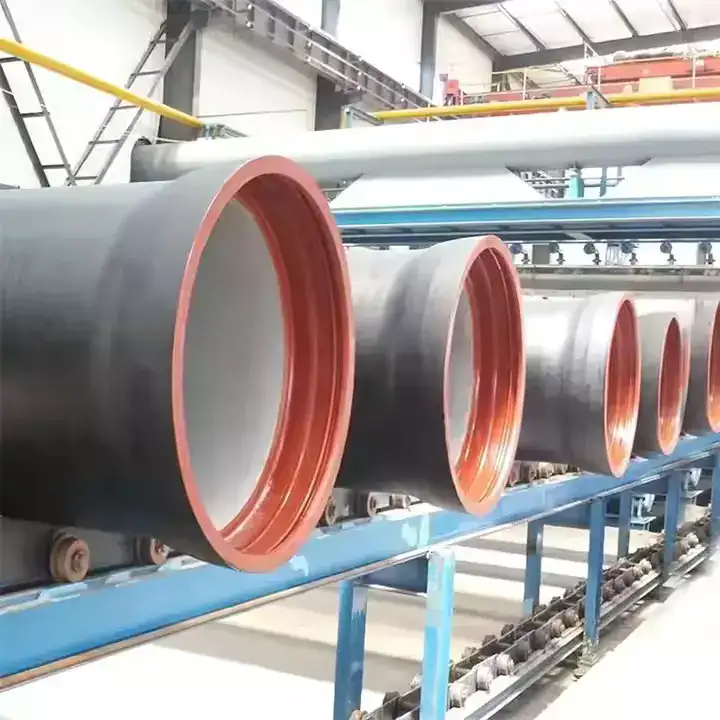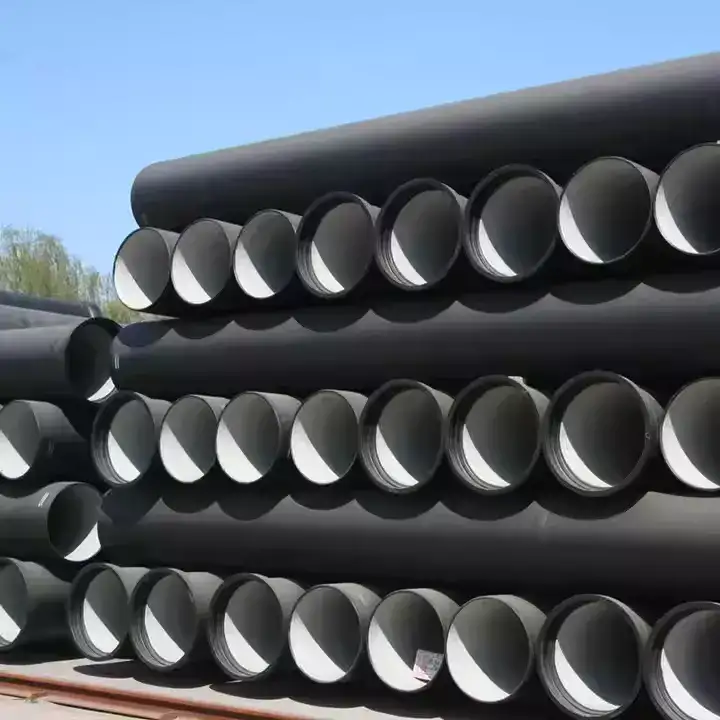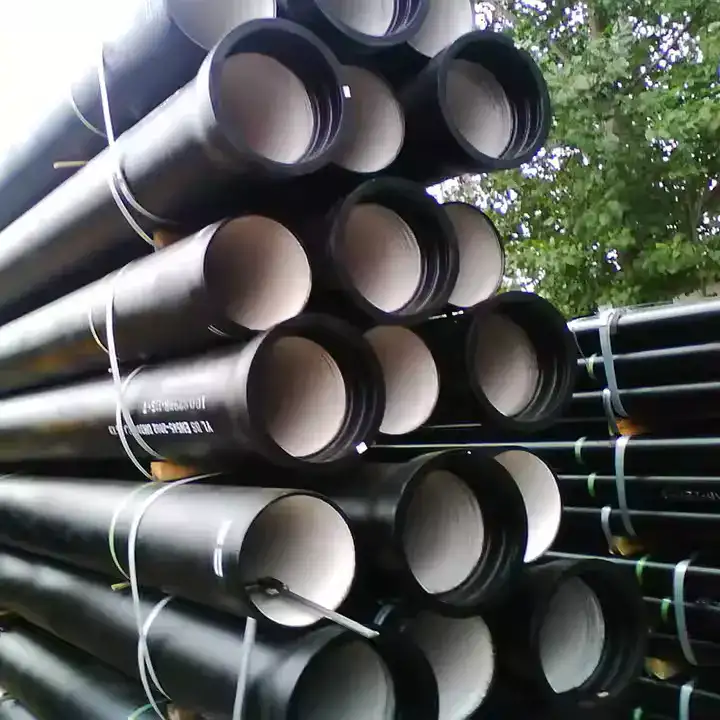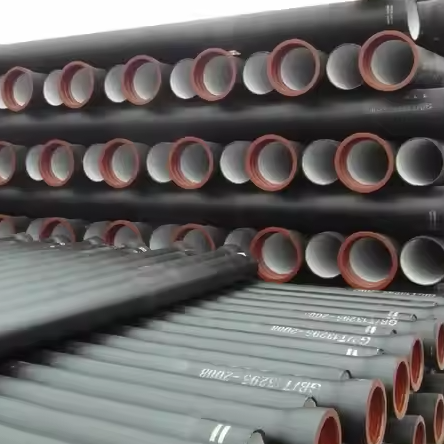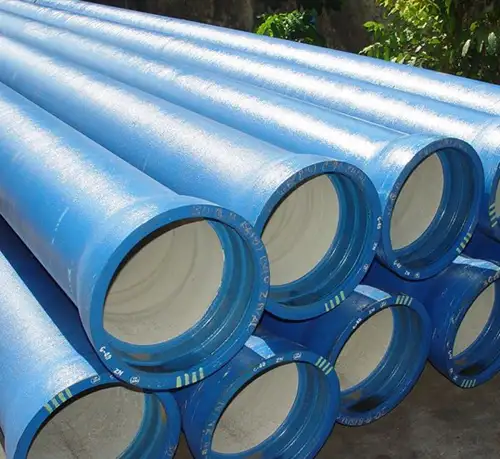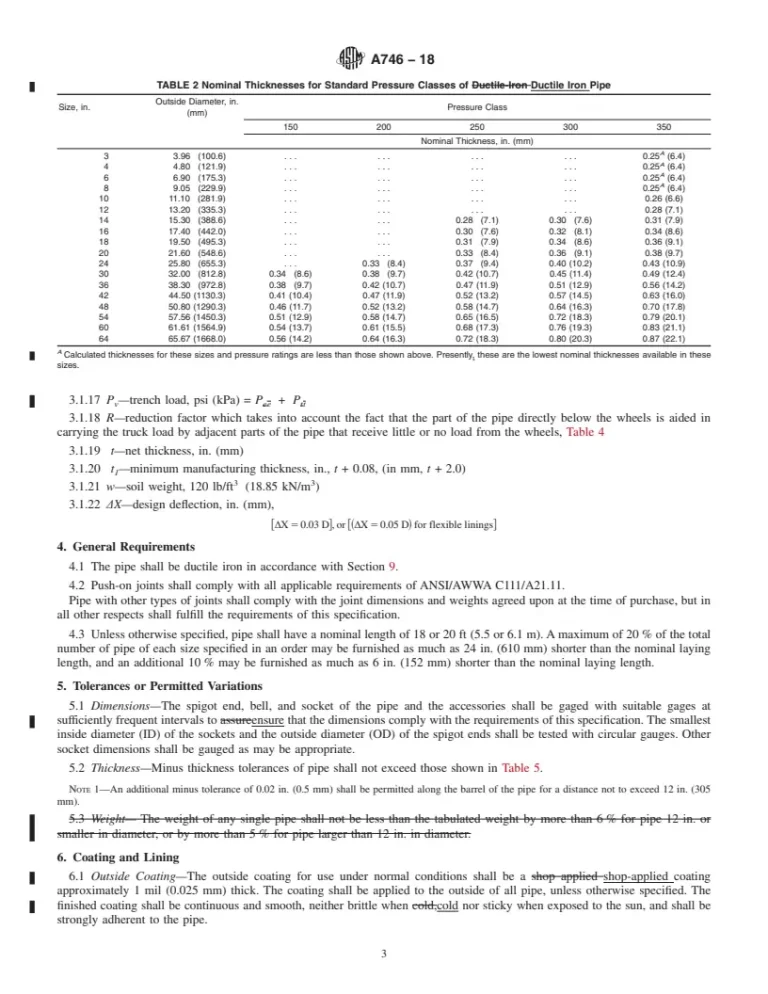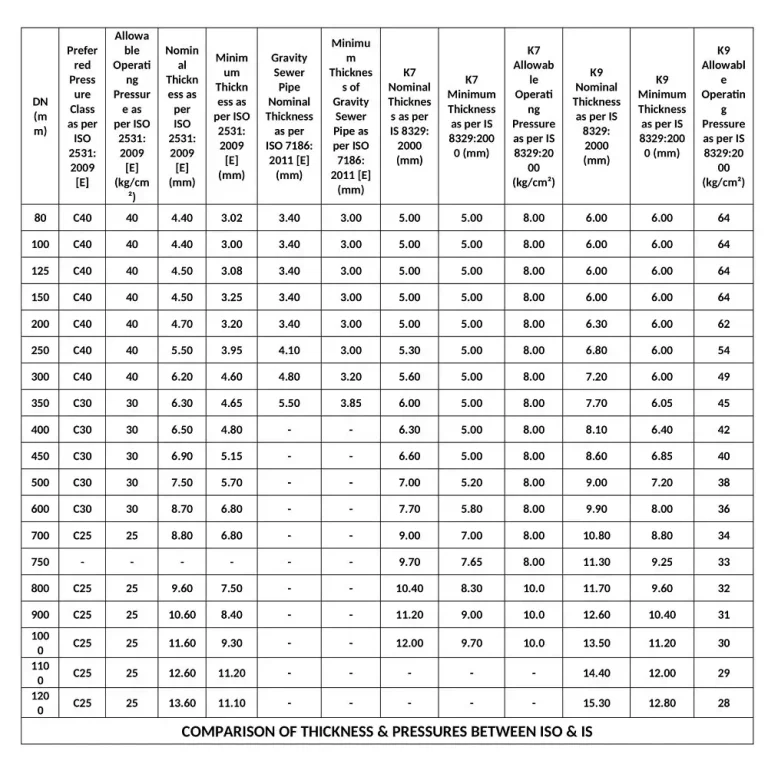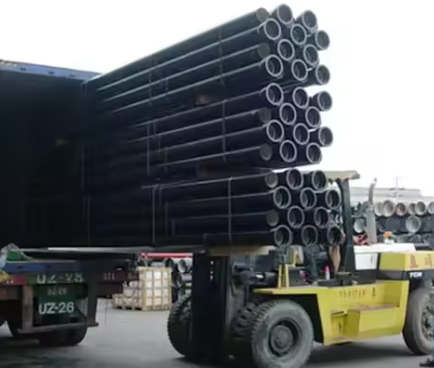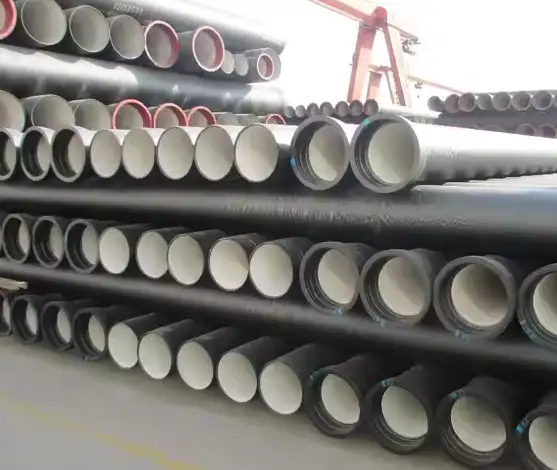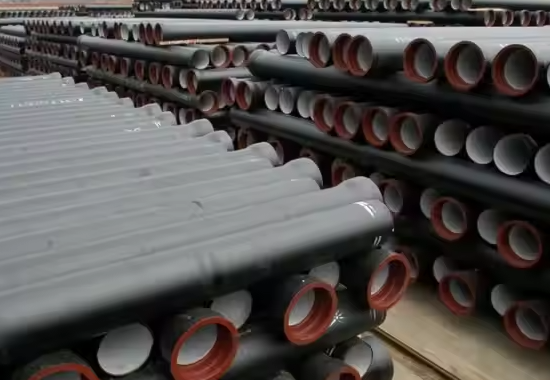News
2025-04-25
Grey cast iron is inherently brittle and exhibits almost no ductility due to its flake graphite microstructure, which acts as stress concentrators under tensile loads. Its carbon content ranges from 2.5...
2025-04-25
Ductile iron pipe wall thickness varies significantly based on nominal pipe size and design method—either by pressure class (per ANSI/AWWA C151/A21.51) or by thickness class (per ANSI/AWWA C150/A21.50)....
2025-04-25
Welding ductile iron to steel is feasible when proper metallurgical practices are followed, particularly through the use of nickel-based filler metals that accommodate the high carbon content of ductile...
2025-04-25
Cement lining in ductile iron pipes is a time-tested solution, dating back to the 1920s, designed to protect the pipe’s interior from electrochemical corrosion (tuberculation) and to maintain water quality...
2025-04-24
Ductile iron pipe traces its origins to the mid-20th century, following the discovery of ductile iron in 1943 by Keith Millis. After experimental castings in 1948, a U.S. patent was granted in 1949, and...
2025-04-24
The primary ASTM standards governing ductile iron pipe include: ASTM A746: Standard specification for ductile iron gravity sewer pipe, centrifugally cast with push-on joints. ASTM A716: Specification for...
2025-04-24
Ductile iron standards define the chemical composition, mechanical properties, and testing methods for spheroidal graphite (nodular) iron castings worldwide. The most widely referenced specifications include...
2025-04-24
Ductile iron, also known as nodular or spheroidal graphite iron, exhibits a density that typically ranges between 7.05 and 7.30 g/cm³ (7.05–7.30 Mg/m³), varying with grade, composition, and processing...
2025-04-24
Cast iron and ductile iron are both iron–carbon alloys but differ significantly in their microstructures, mechanical properties, and industrial uses. Cast iron contains flake graphite, which gives it excellent...
2025-04-24
All metals can be classified into ferrous and non-ferrous categories based on their iron content. Ferrous metals contain significant amounts of iron, giving them magnetic properties and high tensile strength,...
No posts found

